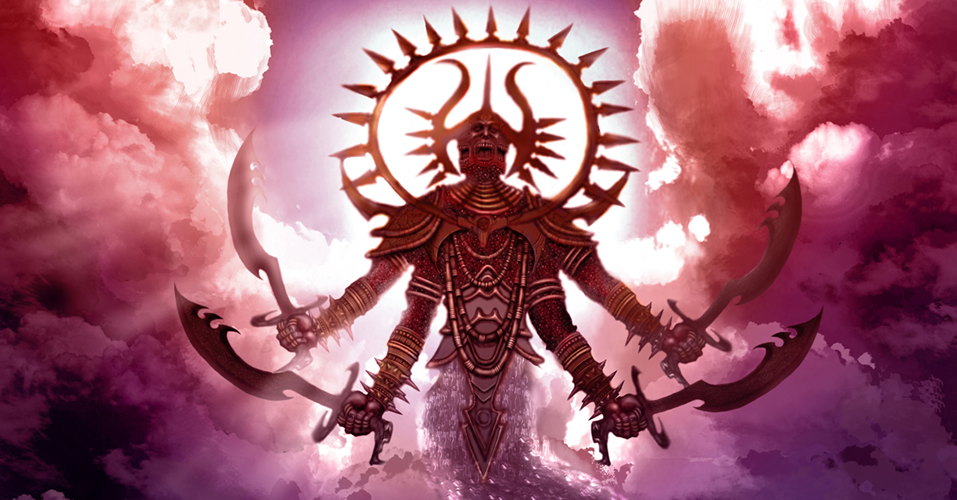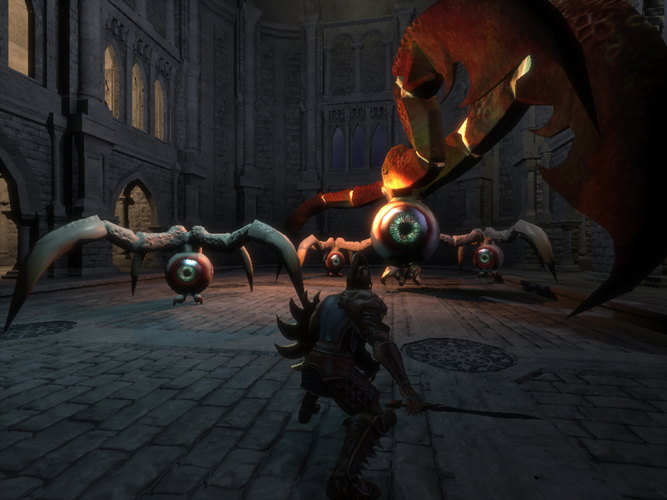A reboot of Tomb Raider was developed by Crystal Dynamics and released in 2013 to welcoming applaud and incredible reviews. However, it seems that the development process took a rather sharp turn. This new Tomb Raider project was started in early 2009 and was originally meant to be a much more different game than the final one. Dubbed Tomb Raider: Ascension (not to be confused with the 2007 fan-made movie), its conception was a world away from what gamers got in the end. Taking inspiration from such titles as Resident Evil, ICO and Shadows of the Colossus, Lara’s reboot début was to be filled with giant supernatural enemies, a child companion that followed Lara, horse combat and explorations in a lavish open-world environment.
Concept art was already released immediately after the initial game announcement which holds lots of things not included in Tomb Raider’s final draft, and the concept lead many people to believe Tomb Raider was going to become something of a horror-genre game. Before the final Tomb Raider 2013 was released, EIDOS published a promotional Digital Book “Tomb Raider – The Final Hours” containing images and a video with the lost Ascension prototype:
“The Tomb Raider name never appeared on Guardian of Light and there was a reason – Crystal was saving that for the next project, what was internally known as Tomb Raider 9, or Tomb Raider: Ascension. Obvious biblical references aside, the team led by creative director Tim Longo was asked to come up with a radically different approach to a Lara Croft adventure. And that’s exactly what they did.
In early design meetings the team started thinking about other games that could inspire a new approach. The emotionally rich role-playing game Ico, the survival horror of Resident Evil, and the towering mythical creatures of Shadows of the Colossus all served as early inspiration. In Longo’s first pass at the design Lara Croft teamed up with a 6-year-old girl named Izumi […] as they adventured through a mysterious island inhabited by ghosts and monsters. Izumi would crawl into small places to help the player, thus creating asymmetric gameplay.
Eventually the player would dicover Izumi’s magical ability to manipulate water and interact with the island. After a few months of work the concept was deemed too ethereal and difficult to understand for Tomb Raider. Izumi was excised and at first replaced by a monkey that would accompany Croft on her adventures. When that didn’t work out the kids and animals were replaced by a more menacing presence on the island: colossal monsters.
In this second full pass at the concept design Lara would ride on horseback and battle against these monsters as they hurled trees at her in sequences reminiscent of a God of War game. Further refinement of the colossal monster concept shifted the art direction into the real of horror, with large zombie-like creatures that would roam a fog-soaked island.
What was intended as a confidential focus test from the Nielsen Group soon became public when one of the participants leaked images and details onto the internet during the summer of 2009. A “Rumored Leaked Photos of Tomb Raider Reboot” thread of the Tomb Raider forums quickly amassed some 3,687 posts from fans who expressed shock over a game that was more Resident Evil or Silent Hill than Tomb Raider. Others worried that setting a game entirely on an island abandoned the Indiana Jones-like globetrotting that was a hallmark of the series. […] Ultimately the horror direction was a shocking twist and focus tests confirmed that the team was “moving in the direction of making the greatest art house game that no one would ever play” […]
In the final game plot there are still some nods to the Ascension name, as we can read in Wikipedia:
Escaping the ancient monastery where she is taken by the Oni, Lara hears from Sam that Mathias is going to put her through the “Ascension“, a “fire ritual” to find the next Sun Queen that will burn her to death if it is unsuccessful. […] Lara realizes that the Ascension is not a ceremony to crown a new queen, but rather a ritual that transfers the original Sun Queen’s soul into a new body; the Sun Queen had learned to become effectively immortal by transferring her soul into a young girl’s body each time she grew old.
Below is listed the most significant changes to Tomb Raider in list form:

![Tomb Raider: Ascension [Cancelled / Beta – PS3, Xbox 360, PC] Tomb Raider: Ascension [Cancelled / Beta – PS3, Xbox 360, PC]](https://www.unseen64.net/wp-content/uploads/2017/02/tomb-raider-ascension-cancelled-670x300.jpg)
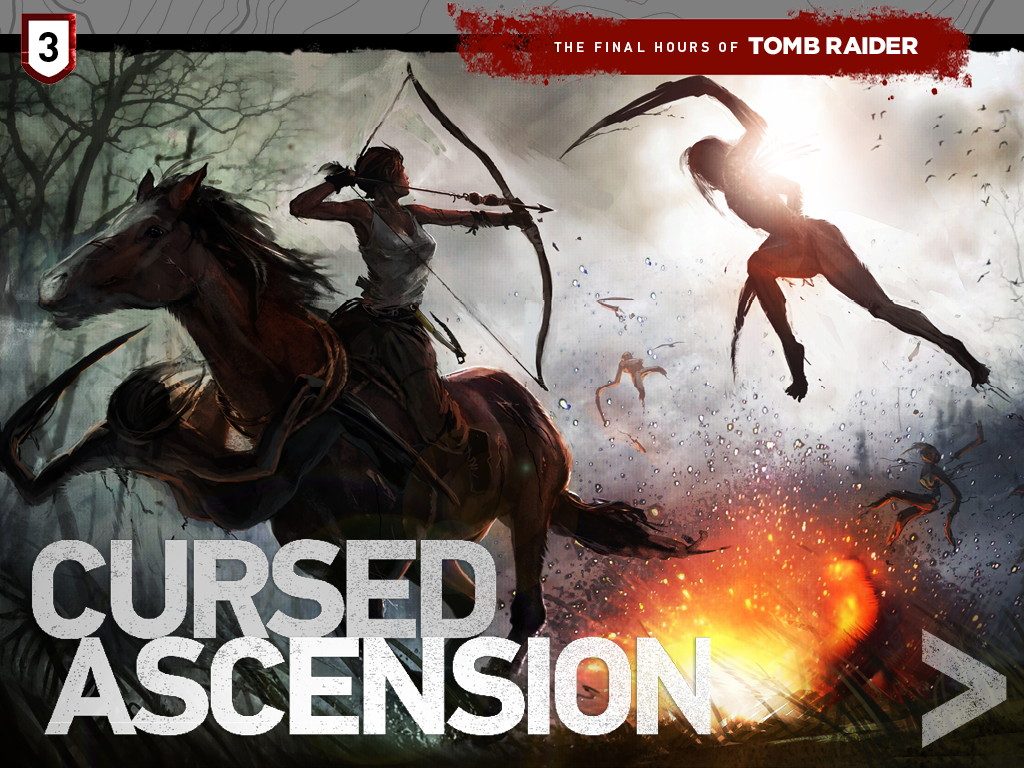

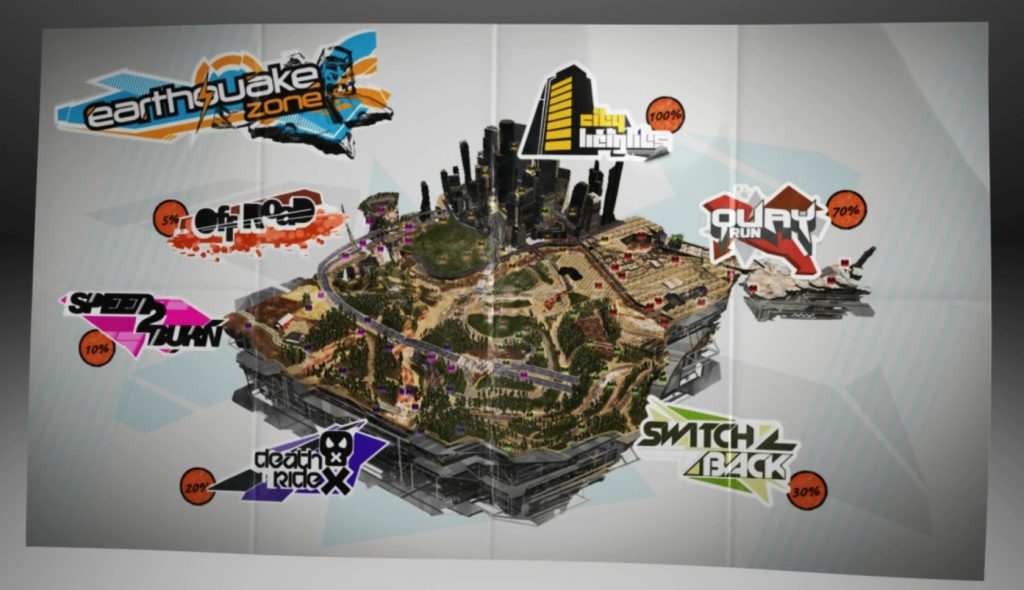
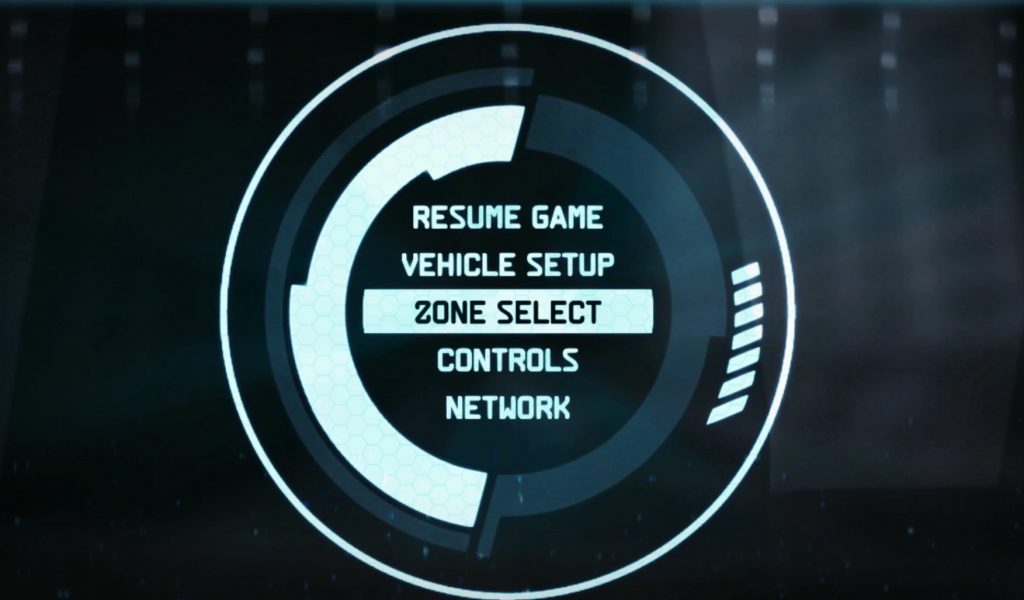
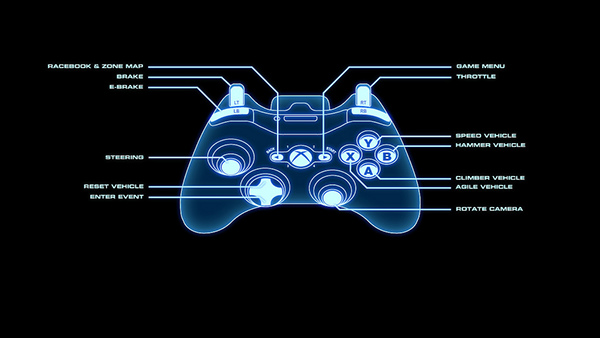
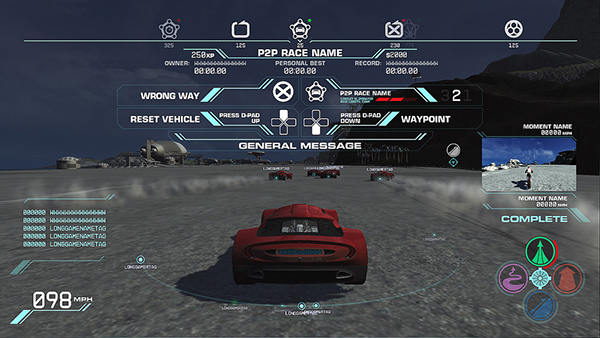
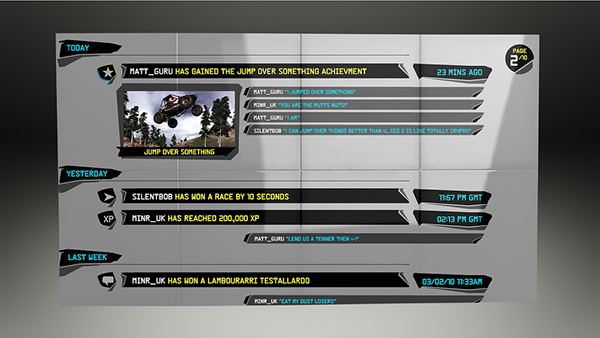
![Djinn (Castaway Entertainment) [PC, Xbox 360, PS3 – Cancelled] Djinn (Castaway Entertainment) [PC, Xbox 360, PS3 – Cancelled]](https://www.unseen64.net/wp-content/uploads/2017/01/djin-cancelled-videogame-670x300.jpg)
